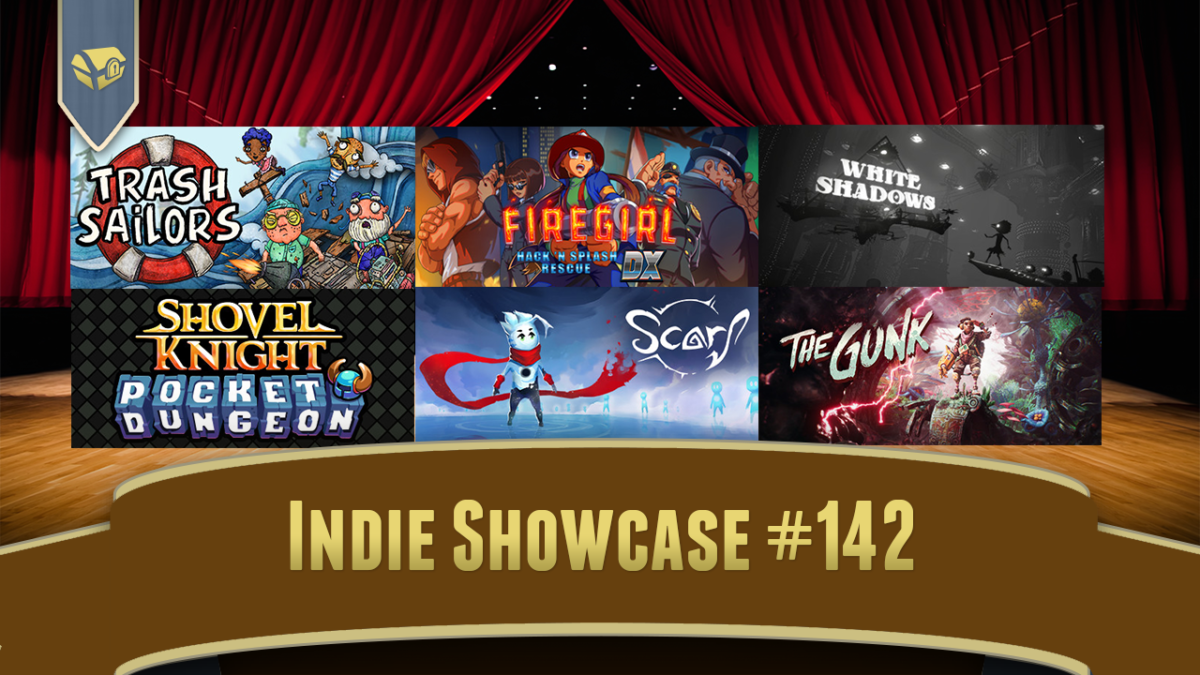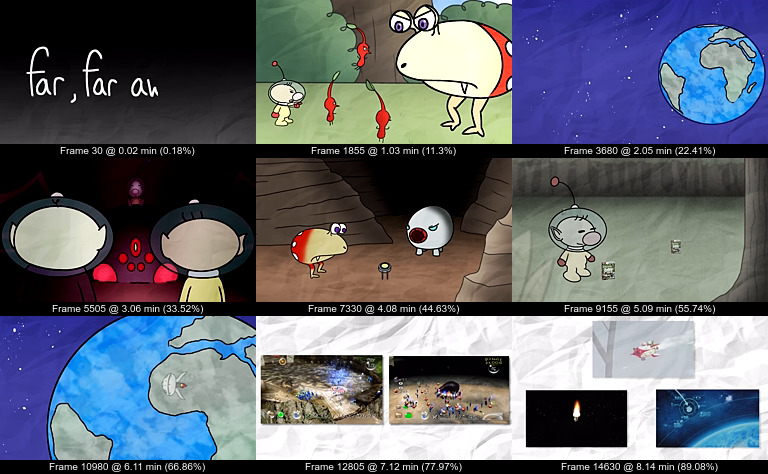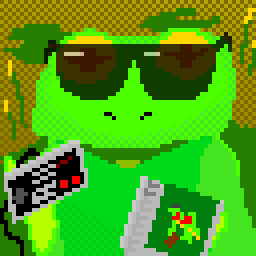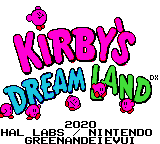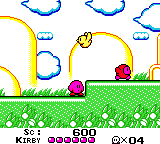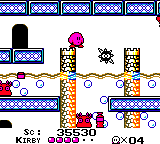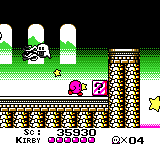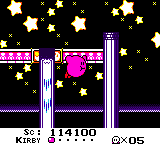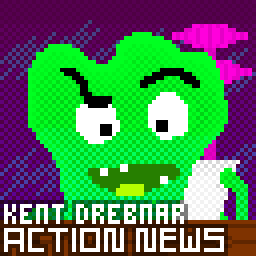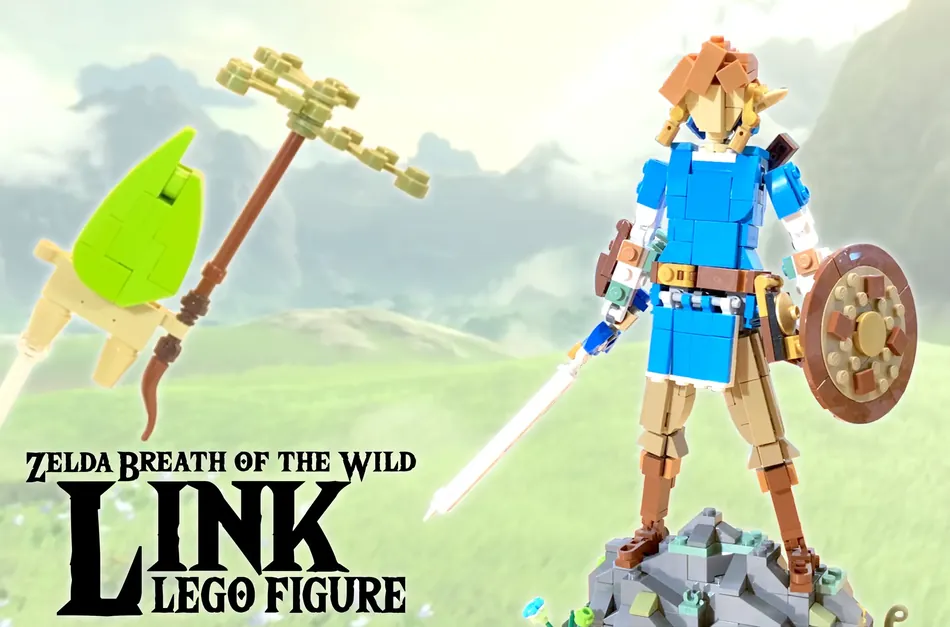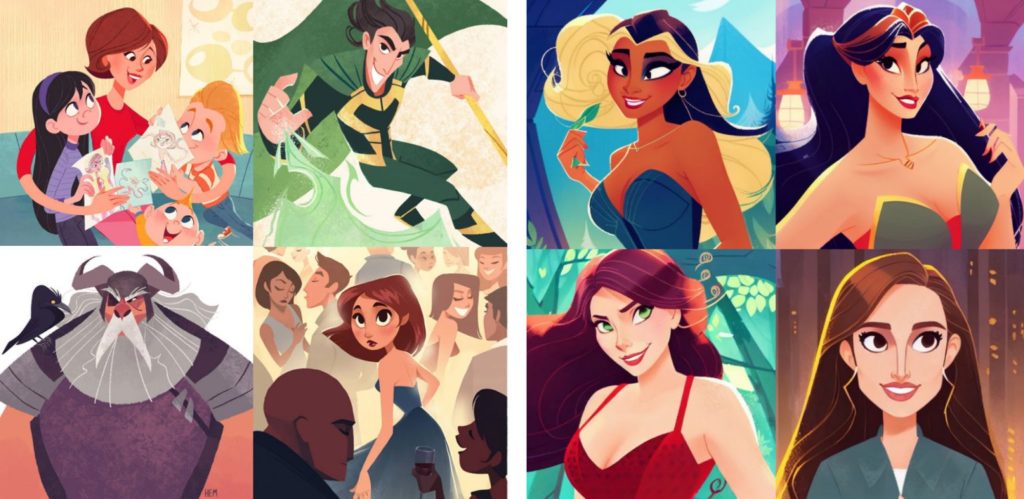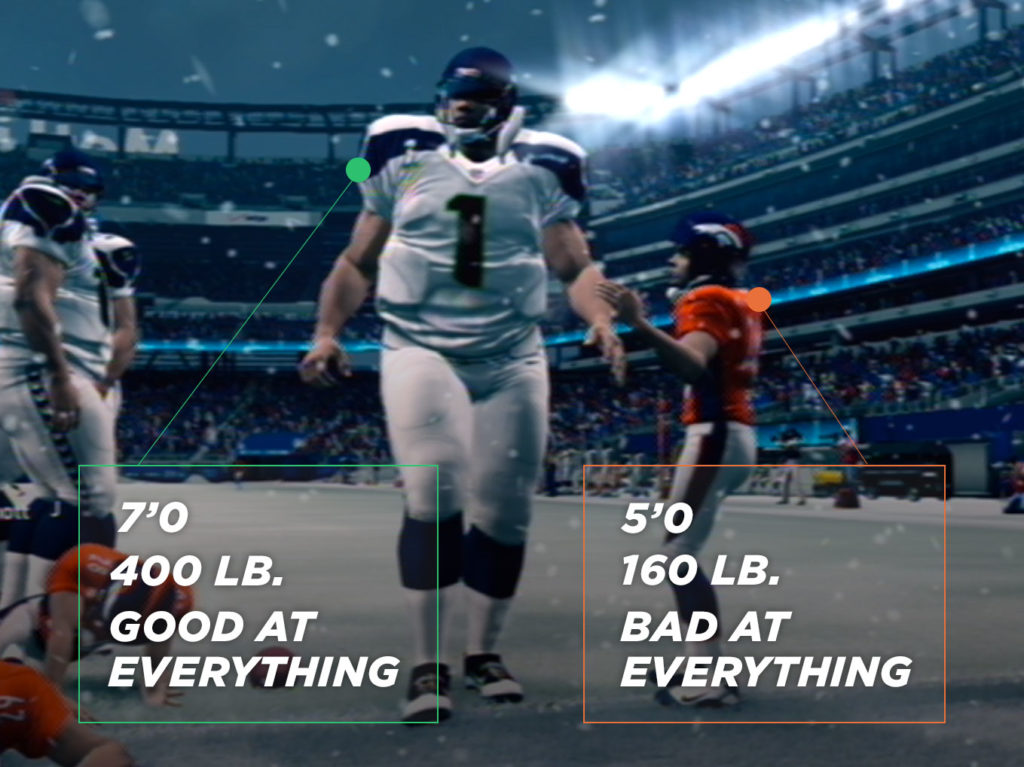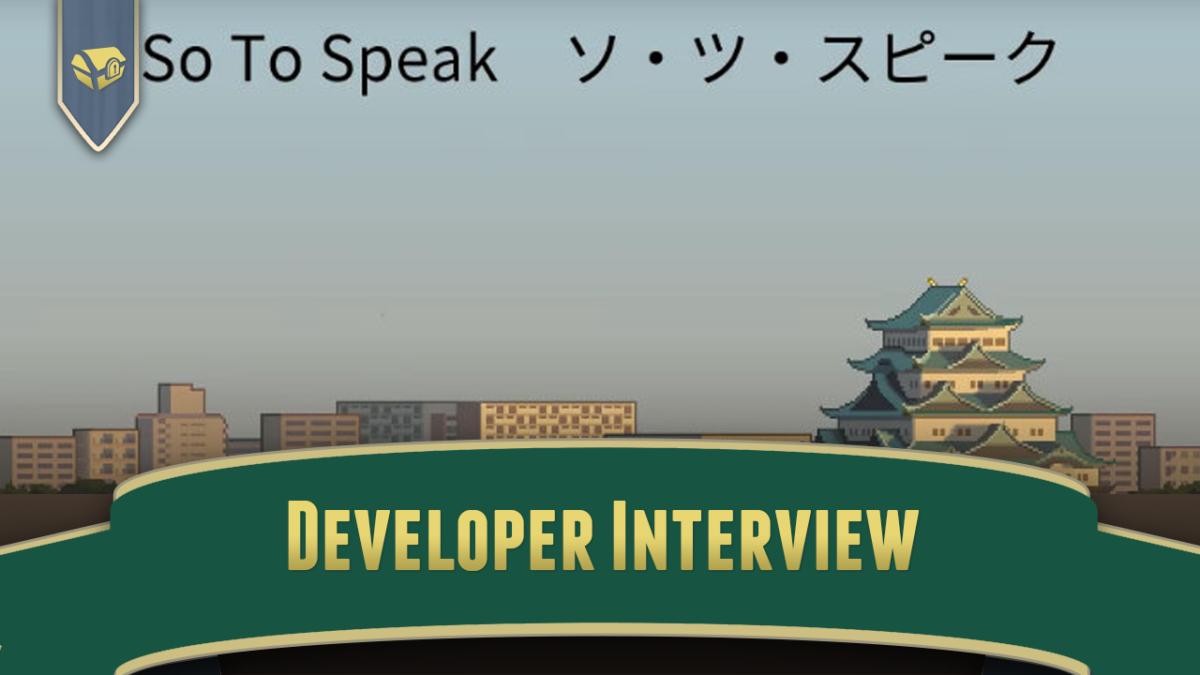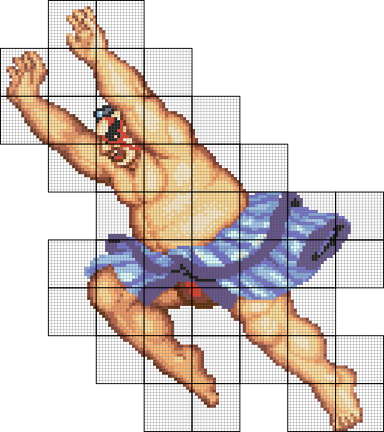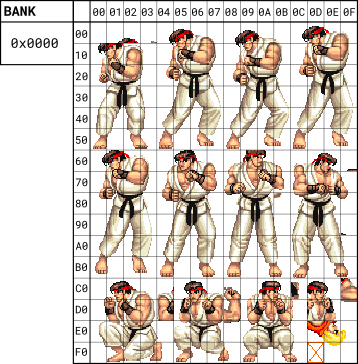We’re brought up U Can Beat Video Games before (here’s all of the videos they’ve done to date, and here is their home page with a merch store), but this time they’ve covered Super Mario Bros. 3 in their typically completionist style, covering every level and every secret in the entire game. Sometimes they split a long game into two or even three videos, but not this time, this one video goes through the whole game, and it’s three hours and 23 minutes long! The other reason to link them this time is it’s their 100th video!
They’ve done some other interesting games since the last time we linked them, which was when they covered A Link To The Past. Some particular games they’ve done in the meantime:
- Castlevania 3, every route and every stage, in two hours, 22 minutes and 22 seconds
- Ghouls ‘N Ghosts on the Genesis (45 minutes)
- The surprisingly long Gameboy action RPG Final Fantasy Adventure in two videos, #1 (1:36) and #2 (2:57)
- Final Fight on SNES (1:05)
- Ninja Gaiden III (1:03)
- Battletoads & Double Dragon on NES (50 minutes)
- The rather underrated The Lone Ranger (57 minutes)
- Super Star Wars on SNES (1:49)
- The also underrated Nightshade (1:15)
- Shinobi on Genesis (55 minutes)
- The very underrated, not to mention very difficult, Cobra Triangle (33 minutes)
- All of Dragon Quest II in two videos: #1 (1:50) and #2 (3:45)
- Hudson’s Adventure Island on NES (1:27)
- Gradius on NES (31 minutes)
- Metroid II on Gameboy (2:05)
- Solstice (39 minutes)
- and Mega Man IV (1:19)
- They’ve also done Shadowgate on NES (1:33), interviewed its designer Dave Marsh in a separate video about a secret room and working at ICOM (15 minutes), and also recently covered its sibling game The Uninvited (1:43).
Even if you don’t have an interest in seeing these games taken apart so thoroughly, many people enjoy using their videos as background while doing other things. In a Youtube environment where video makers feel encouraged to go nuts with editing and fill their footage with distracting noises, UCBVG is a model for how to create interesting and informative videos. They are great! And they have a couple of adorable dogs who appear in every video, too!

